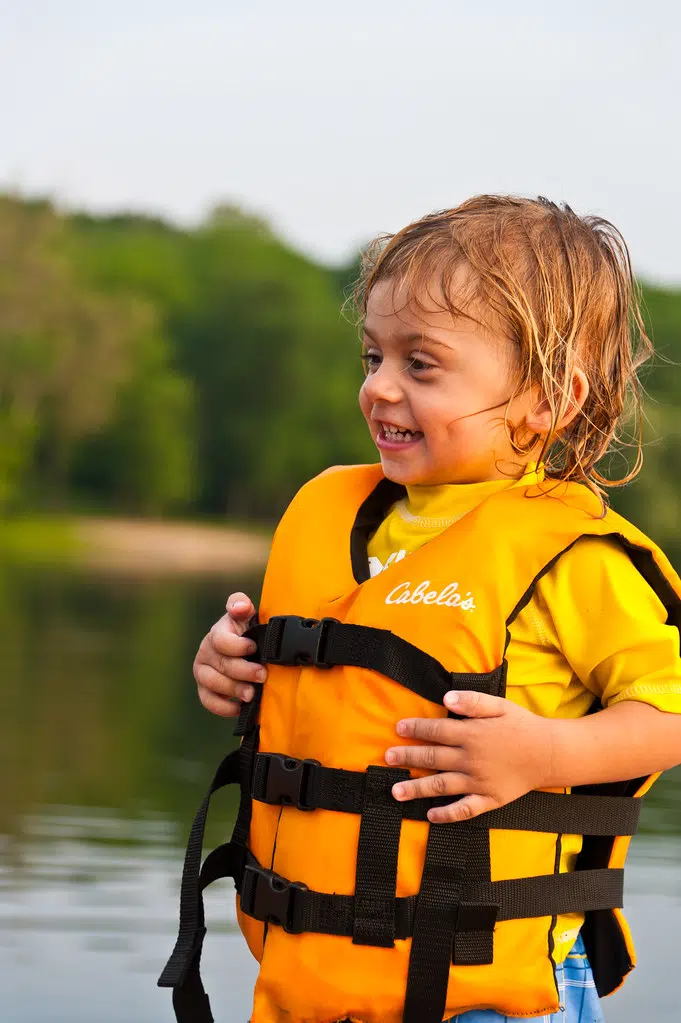Over 400 people drown each year in Canada, but these deaths are avoidable.
New Brunswick Lifesaving Society CEO Ryan Ferguson says it is National Drowning Prevention Week, “Seventy per cent of drownings are people who never intended to be in the water. They were close to safety and they fell accidentally and they were only 50 metres away from where they would be safe.”
Young children and older men who are alone top the list when it comes to drownings, “They go out for a fishing trip by themselves and fall out of the boat, or they go for a swim by themselves and get into trouble and there is no one there to help them.”
He adds when you are fighting for your life in the water, someone onshore or at the side of the pool, may not even notice. “When you are doing your best to fight for every breath, you certainly don’t have time to cry out for help. Some of them will be no splashing whatsoever. There will just be a ripple on the surface, and that was that.”
Ferguson points out that drownings in Canada continue to trend downwards, which is good news.
He also points out that one place drownings rarely occur is in front of Lifeguards, “If you can swim in front of a lifeguard that is the best place to do it. Less than one per cent of all drownings happen in front of a lifeguard.”
He recommends taking the Lifesaving Society Swim to Survive standard, “It’s not like traditional swimming lessons. The objective is to teach you how to survive an unexpected fall into the water. You have to tumble in, tread water for a minute and then move 50 meters. The idea is if you can orient yourself from an unexpected fall, figure out which way you need to move, and be able to move 50 meters, you may be able to help yourself. Wear a lifejacket when you’re on a boat. This is not shocking news, but when something bad happens in a boat, it flips or you get knocked overboard and you can’t swim, you’re not going to be able to find that life jacket, you need to be wearing it. Also, you should refrain from drinking alcohol, particularly on boats, but in any kind of general aquatic situation.”
Here are some tips from the Lifesaving Society of Canada:
- Supervise Children. Always directly supervise children around the water – if you are not within arms’ reach, you’ve gone too far.
- Boating Safety. Choose it. Use it. Always wear a lifejacket when in a boat.
- Learn to Swim. In most drownings, the victim never intended to go in the water and was often close to safety – could you survive a sudden and unexpected fall into the water?
- Stay Sober In, On, and Around the Water. Alcohol consumption is a factor in many water-related fatalities. Both alcohol and cannabis use impair balance, judgment, and reflexes. Stay sober when in, on, or around the water.
- Open Water Safety. Make smart choices before going in, on or around the water.
- Just Keep Learning. You can save a life, yours, and someone else’s. Take a learn-to swim, lifesaving, or first aid class today




